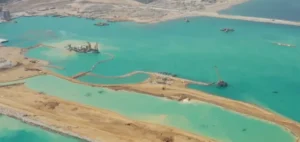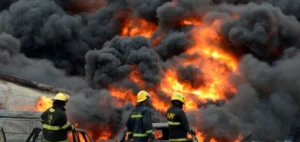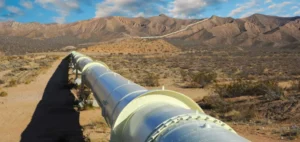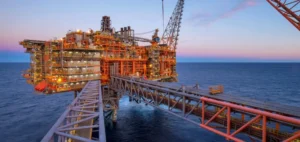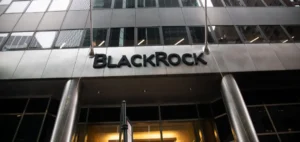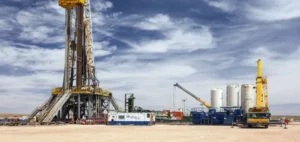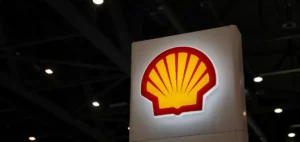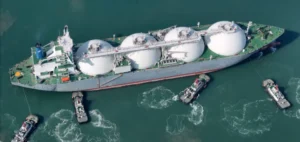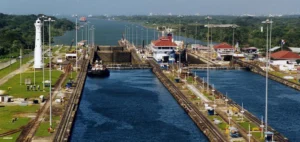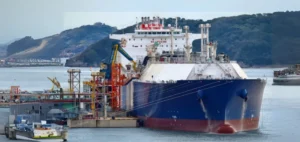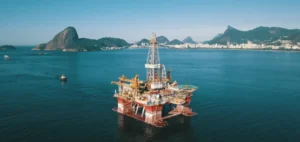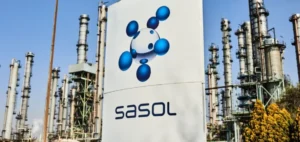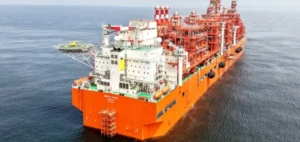South African petrochemical company Sasol plans to activate by September 2025 a Production Sharing Agreement (PSA) covering the development of the Inhassoro, Temane, and Pande gas fields in Mozambique. This development follows a delay from the original March timeline, with no reasons publicly provided. Sasol Chief Executive Officer Simon Baloyi confirmed the target date in a statement reported by local media on April 3.
The $1 billion project aims to supply natural gas to the Central Térmica de Temane (CTT), a power generation facility currently under construction with an expected installed capacity of 450 megawatts. It will also include the production of liquefied petroleum gas (LPG), commonly used for domestic cooking, replacing imported volumes to meet local demand.
A dual-purpose production site
At full capacity, the developed fields are expected to yield 53 million megajoules of natural gas annually along with 4,000 barrels of light oil per day. This output will ensure a steady supply to the Temane power plant while supporting local LPG distribution. The project’s aim is to reduce hydrocarbon imports while increasing Mozambique’s energy independence.
The Central Térmica de Temane, regarded as one of the country’s key energy infrastructure projects, is part of a broader regional partnership involving multilateral financial institutions, the Mozambican state, and Sasol.
A strategic dimension for Southern Africa
Beyond domestic use, the project holds strategic significance for South Africa, a country facing chronic instability in its power supply. By diversifying its regional gas sources, Pretoria could lessen its reliance on international imports, particularly liquefied natural gas (LNG).
Strengthening regional energy ties could support market interconnection and promote the development of shared infrastructure corridors. Sasol, seeking to expand its international footprint amid recent financial pressures, positions itself within a broader framework of regional integration through shared energy assets.



